Typography
Fonts
Headlines
- Sofia Pro Medium | All caps, extra tracking (100)
- ABCDEFG
Body Copy
- Sofia Pro Light | Sentence case, extra tracking (25)
- Aa Bb Cc Dd Ee Ff Gg
Body Copy Callouts
- Sofia Pro Light Italic | Sentence case, extra tracking (25)
- Aa Bb Cc Dd Ee Ff Gg
Font Substitution
Sofia Pro is available for purchase from MyFonts.com or via a TypeKit subscription (included with most Adobe Creative Cloud plans). If you cannot obtain a license for Sofia Pro, Century Gothic is available on many PCs, and can work as a reasonable substitute.
Font Legibility
Remember, it doesn't matter what the copy says if it isn't legible. Use 12 point font size as a default. Our audiences include patients with low vision, and older adults. To improve legibility, use white space to provide relief. Generous margins help. Add extra tracking (100 for headlines; 25 for body copy) and extra leading for body copy (12/18; 10/16; and never less than 8.5/14). Avoid bold typefaces in body copy to keep apertures open and characters distinguishable.
Typeface adjustments may be needed for legibility in certain platforms or contexts, such as billboards and video. In these scenarios, you may substitute Sofia Pro Light with a stronger Sofia Pro typeface.
Headline Treatments
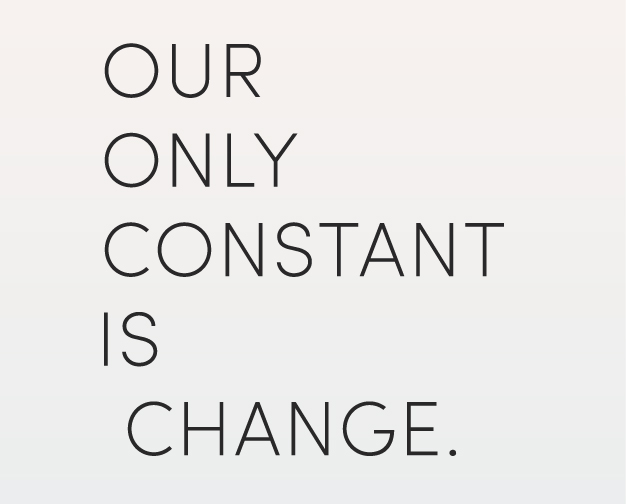
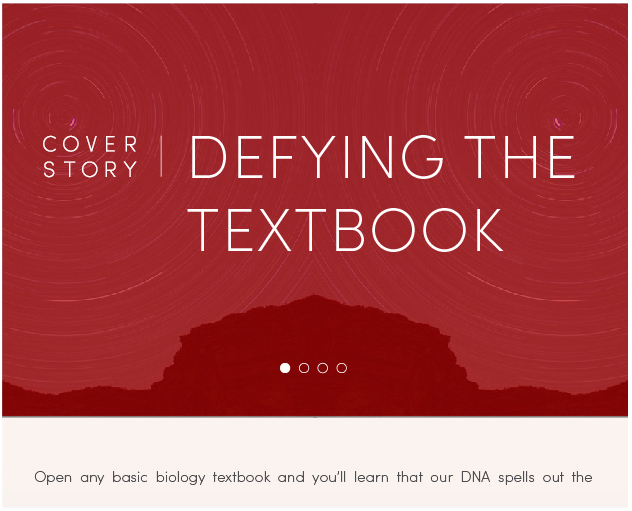
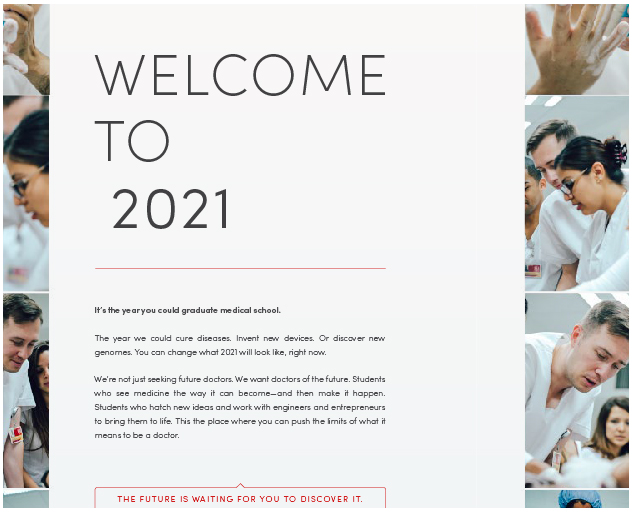
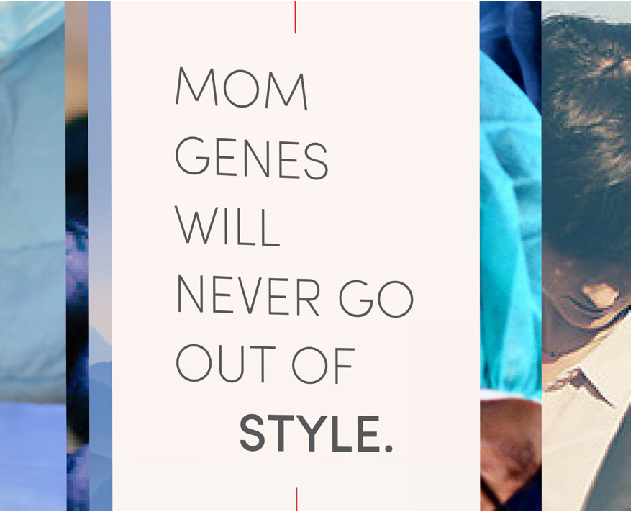
The headline treatment for this brand is bold, confident, and clean. Headlines should always be set in all-caps. Depending on the size, use either Sofia Pro Light or Sofia Pro Regular. To highlight certain words visually, use a Sofia font that is two grades bolder. For Sofia Pro Light, use Sofia Pro Medium for emphasis. For Sofia Pro regular, use Sofia Pro Semi Bold for emphasis. You can indent the last word in the headline to give emphasis to the headline, as well as a feeling of forward movement. Headlines should be typeset in either white or 90% gray, and rarely in red.
Body Copy
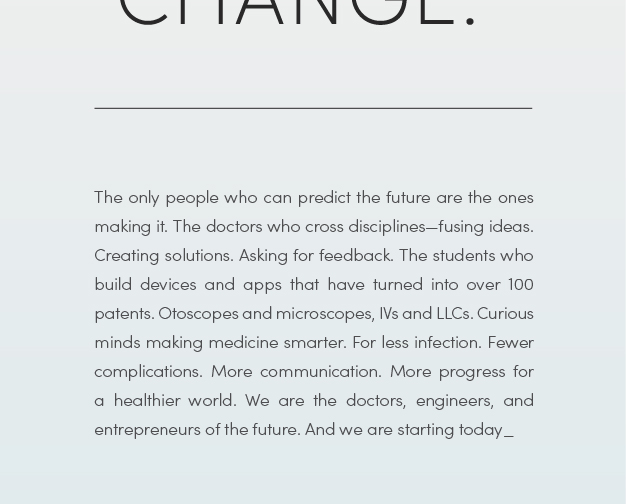
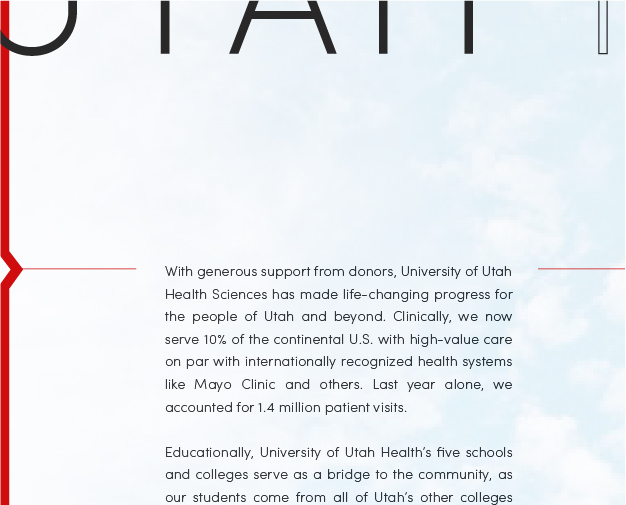

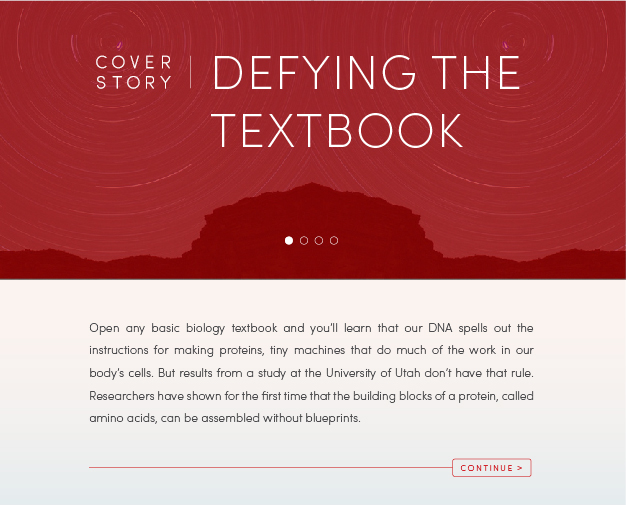
U of U Health body copy should feel legible, crisp, and contemporary—never crowded. Use force justification with extra tracking where possible. Use left justification in magazines, websites and lengthy documents. Use the typeface Sofia Pro Regular, or if you want to call out specific phrases or an introduction paragraph, Sofia Pro Medium. Use extra line leading. This guide is typeset at 8.5/14; other font size/leading combinations include 10/16 and 12/18, with tracking up to 25.
Body copy is always set to 90% gray, never black. Placing body copy on the U of U Health gradient (pg. 14) allows it to pop off the page and remain legible, without sitting on stark white. While body copy should never be red, sub headlines and compartmentalized content may be.
Brand Colors
Primary Color
- PMS 187
- C:00 M:100 Y:79 K:20
- R:172 G:22 B:44
- HEX: AC-16-2C
University red is the primary color in the U of U Health brand. Using it further reinforces the overall University of Utah brand, and helps us stand out to a worldwide audience.
Secondary Color
- C:00 M:00 Y:00 K:90
- R:65 G:64 B:66
- HEX: 41-40-42
Black is not a color in the U of U Health brand—even for body copy or headline type. Any time you would normally use black, use 90% gray. Removing black from the brand makes it more human and approachable.
Utah Health Gradient
When possible, use the U of U Health gradient as a background color instead of white. The tone can warm up a piece and bring a human element to the brand.
Gradient composition: 25% black fading to 10% black